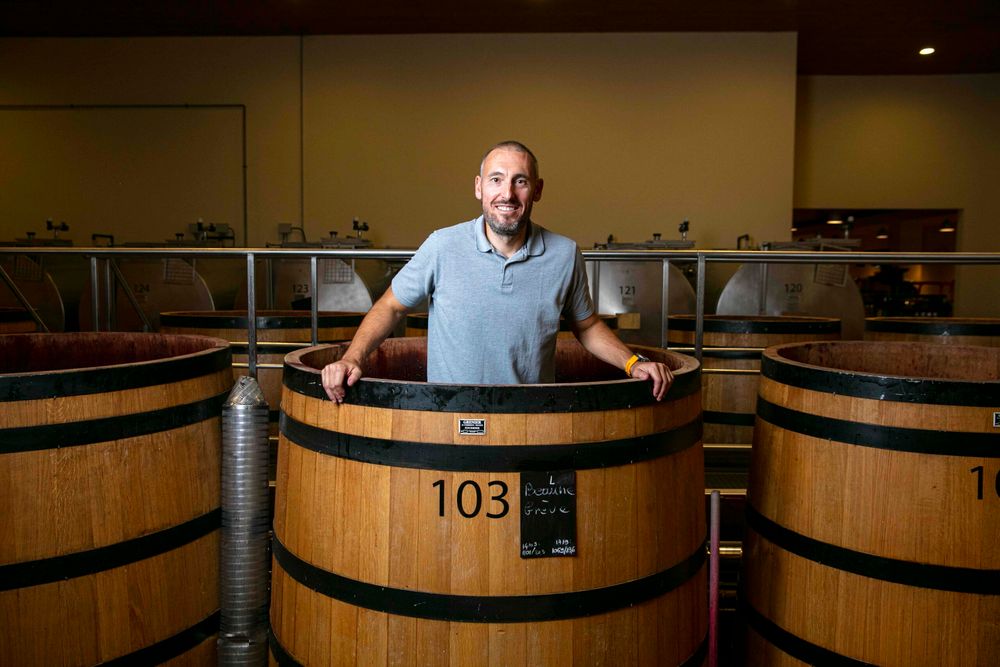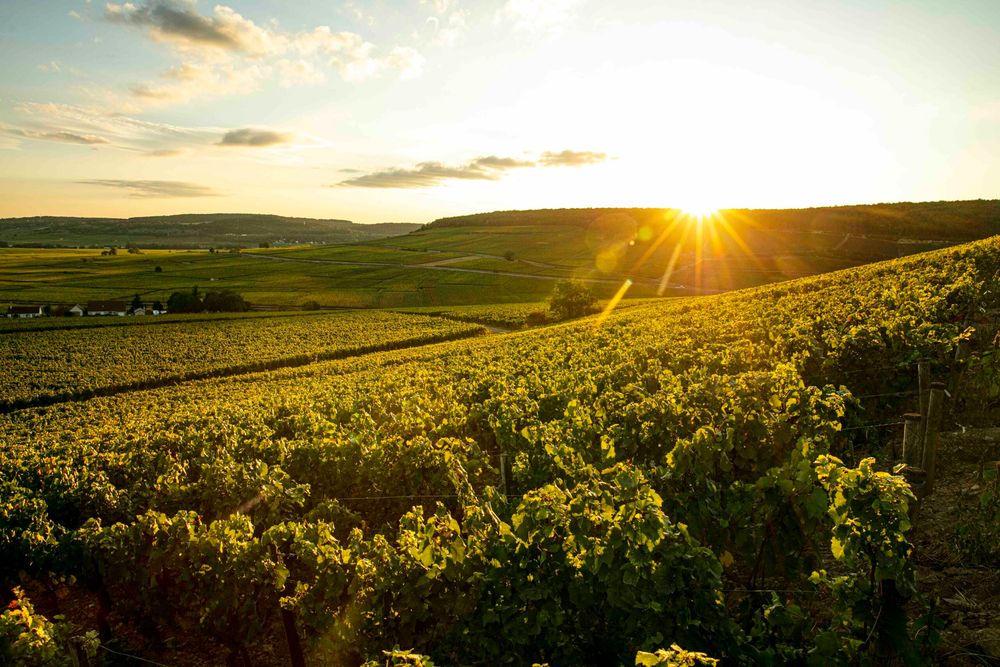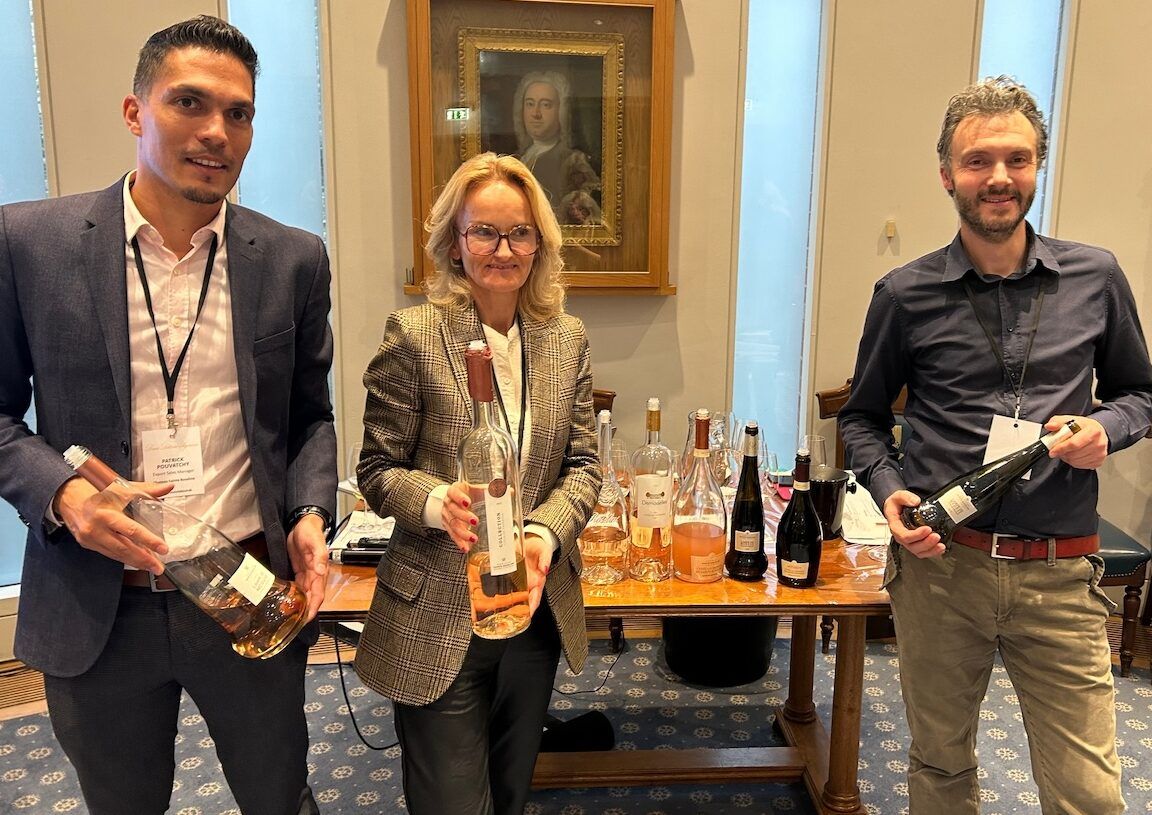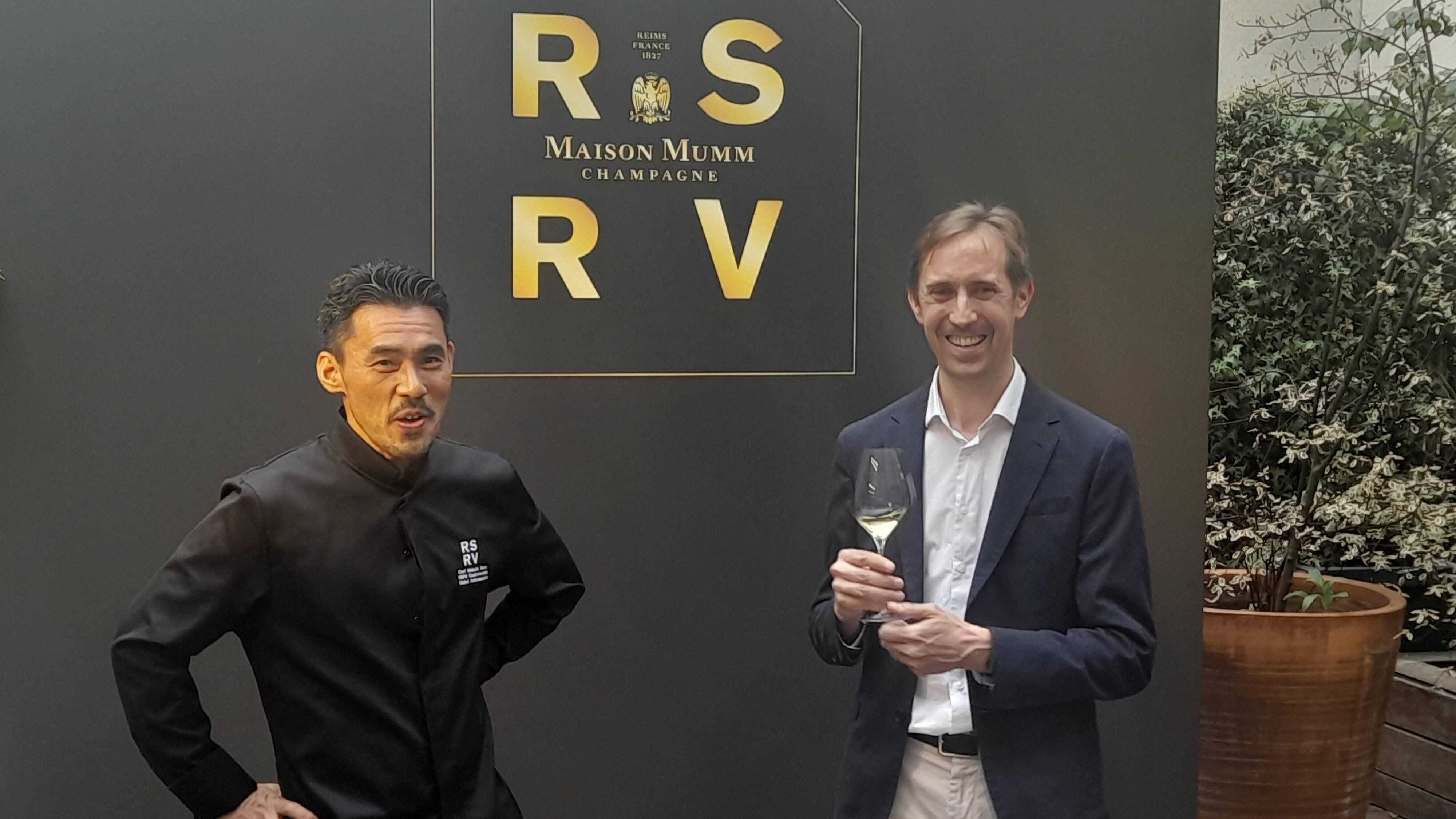You can find out more about Bourgogne Côte d’Or at the Bourgogne Wine Board’s website here.
It was only as recently as 2017 that the producers of Côte de Nuits and Côte de Beaune were granted the extended name of ‘Bourgogne Côte d’Or’ becoming a Bourgogne plus an additional geographical denomination. Covering still red and white wines from 40 villages in Côte de Nuits and Côte de Beaune, this was a move to highlight the unique, premium potential of the region’s wines. With more regulation than the wider ‘Bourgogne’ appellation, the production area is restricted to specific areas, the yields are lower and the level of sugar in the grapes is higher.
A long, slim appellation the Bourgogne Côte d’Or stretches for 65km but is only 1-2km wide and ranges between 200 to 450m above sea level. Within this the Côte de Beaune, centred around the charming historical town of Beaune, makes up 20km, containing some of Bourgogne’s sunniest slopes and arguably one of the most famous Grand Crus in the world, Montrachet. And it was here that one of the most prolific Bourgogne producers, Louis Jadot, first emerged on the scene nearly 200 years ago.
Originally negociants rather than growers, Louis Jadot bought its first vineyard, the Clos des Ursules in Beaune in 1826 and now manages 270 hectares.
“Bourgogne has a richness of terroir and vineyards which is just incredible,” says Frédéric Barnier, head winemaker. “We don’t have an infinity of wines, but it is not far off. You could spend a lifetime just tasting Bourgogne.”

Louis Jadot’s head winemaker Frédéric Barnier, head winemaker, enjoys the rich and diverse terroir of Bourgogne Côte d’Or
It is this complexity argues Barnier that makes these wines so vital for the younger consumers – those just coming into wine. “You can say, now I know Pommard, I will try Gevrey-Chambertin” and through this process of trying wines from so relatively close together you will gain huge understanding into the difference climate and soil makes, he adds. “Louis Jadot offers a window into that,” says Barnier, “because of our large and diverse offering”.
“Fifty per cent of our wines are Régionale AOCs, which gives the new wine drinker a way into Bourgogne. Then we have our Village and Village Premier Cru wines which can be drunk for a reasonable price”.
Celebrating terroir
One thing Barnier is adamant on, however, is that despite being such a widely known producer, they never have a recognisable house style.
He explains: “I respect the grape and the region. If people can drink the wine and say ‘that’s Jadot’ then we have impacted the wine too much. We want to educate customers about what Bourgogne wines can be by showcasing the unique terroir. Trust me, if there is one thing we don’t have to have, it’s a house style. We want wines which are loyal to what they are, at the best possible quality.”
There are three parts to the Louis Jadot commercial success story. Firstly, the vineyards where it farms the grapes.
“We have strong relationships with our growers who supply grapes and juice but because demand outweighs supply, growers can be rightly competitive, so it is important we also own and control [the grapes we receive]”.
Secondly, the winery where “we control the vinification. That’s pretty unique and not common in a Régionale appellation but we want full control over the quality,” says Barnier.
Finally, it is very involved in its distribution, from part owning Hatch Mansfield in the UK, to part-owning its distributor in Japan. It also has strong links to the US, dating back to World War II and since the 1980s has been owned by the American Kobrand Corporation, its sole US importers since 1945.
“You need to know who is buying your wines to be able to be efficient and loyal,” says Barnier, “especially in the top markets which for us are the US, UK, Japan and, of course, France.”

Bourgogne Côte d’Or stretches for 65km but is only 1-2km wide and ranges between 200 to 450m above sea level
The use of single grape varietals is one of the key characteristics of Bourgogne with most wines being either Chardonnay or Pinot Noir, though thanks to the diversity in soil and climate, which can range from frost-prone Chablis to the heat of the Mâconnais, these wines vary considerably from Climat to Climat, appellation to appellation. The lack of blending acts to further highlight the purity and personality of the terroir and grapes, though the winemaking itself has had to adapt over the years.
“It is evolution, not revolution,” says Barnier. “Our philosophy is still the same. Long maceration time, cask aging and fermentation in barrel on the lees – none of this has changed. We now need to adapt because of climate change”.
It is now, for example, using a special closed pressing room to ensure a cool temperature, rather than pressing outside the winery.
Vintage variation
The growing cycle is as hard to predict in Bourgogne Côte d’Or’ as it in other appellations in Bourgogne. “2020 was hot, bright and intense, full of energy and no water,” says Barnier. “We had to pick early to maintain freshness and luckily we had wine reserves, so it worked”.
By contrast, 2021 had frost in April, after an early budbreak, which resulted in a limited yield and the year was “cold and humid, so the opposite”. The challenge was ensuring ripeness, but these are “very nice wines, more classic with better acidity”. The whites are showing well because they benefit from this freshness and the reds are typically “softer with slightly less fruit concentration. The wines here have never been so good, but there is a problem with volume.”
For Barnier, Beaune Premier Cru is “the most underrated wine in Bourgogne, offering quality at the level of Volnay and Pommard”.
Even with the good relationships Louis Jadot has with its growers, the effects of climate change, limited yields, and the on-going global popularity of Bourgogne wines means it can be a challenge to ensure it has enough grapes to keep up with demand. “We have a winery and growers, but we don’t own any vineyards in the appellation. It is a significant part of Bourgogne, so we are looking for land at the moment.”
Bourgogne Côte d’Or Facts & Figures
- Category: Régionale Appellation plus Dénomination Géographique Complémentaire
- Area Under Production: 1 hectare = 10,000 m² = 24 Ouvrées (*as of 2018)
- Red Wine: 231.96 ha*
- White Wine: 108.77 ha*
- Soils: Clay scree, colluvium, clay silt, gravel
- Hierarchy: Above Bourgogne-labelled wines and below Village-level wines
- You can find out more about Bourgogne at www.bourgogne-wines.com.










































